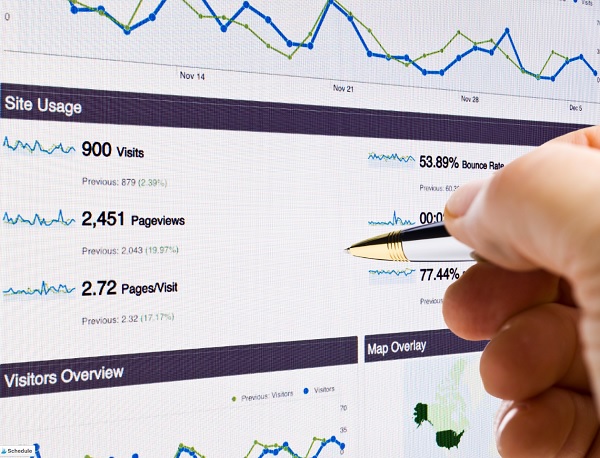Web Analytics is the measurement, collection, analysis, and
reporting of Internet data for the purposes of understanding and
optimizing Web usage.
The focus of web analytics is to understand the users of a site, their behavior, and activities. The study of online user behavior and activities generate valuable marketing intelligence and provides −

Analytics platforms such as Google Analytics, MixPanel, Flurry and others, are very powerful and allow us the ability to go beyond simplistic hit collection, and really dive into rich data and patterns.
You can easily report and derive insights with visitor segmentation, have quick visibility into buyer or non-buyer behavior, group content by asset type, measure gated or ungated content consumption, and with relatively ease run a cohort analysis. These are just a few views that could be utilized while segmenting your data.
The focus of web analytics is to understand the users of a site, their behavior, and activities. The study of online user behavior and activities generate valuable marketing intelligence and provides −
- Performance measures of the website against targets.
- Insight on user behaviors and needs, and how the site meets those needs.
- Optimization ability to make modifications to improve the website based on the results.

Web Analytics Tools
An average web analytics tool offers hundreds of metrics. All of them are interesting but only a few would be useful for measuring the website’s performance. Focus on what is important to get meaningful insights on your website, and start your web analytics initiative by defining realistic and measurable objectives for your site.- In order to identify the users, web analytics tools need to report on user sessions (also referred to as visits). There are different techniques to identify users such as IP addresses, user agent and IP address combination, cookies, and authenticated user.
- Nowadays, the most common user identification technique is via cookies which are small packets of data that are usually deposited on the user’s computer hard disk when the person visits a website.
How to Review Web Metrics
When reviewing metrics, there are a few things to keep in mind to ensure you are encompassing the set of data that best evaluates your efficiency −Think People and Process
No doubt, technology is important, but you need to go beyond it. Take time and care to thoroughly understand your stakeholders’ measurement needs.Segmentation
There’s more to data than just total number of page views. Many organizations unfortunately still report on total page views and miss out on all the non-page view interactions such as video, downloads and rich media.Analytics platforms such as Google Analytics, MixPanel, Flurry and others, are very powerful and allow us the ability to go beyond simplistic hit collection, and really dive into rich data and patterns.
You can easily report and derive insights with visitor segmentation, have quick visibility into buyer or non-buyer behavior, group content by asset type, measure gated or ungated content consumption, and with relatively ease run a cohort analysis. These are just a few views that could be utilized while segmenting your data.

No comments:
Post a Comment